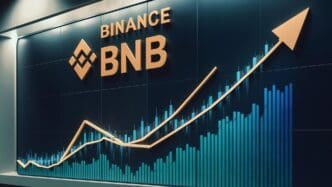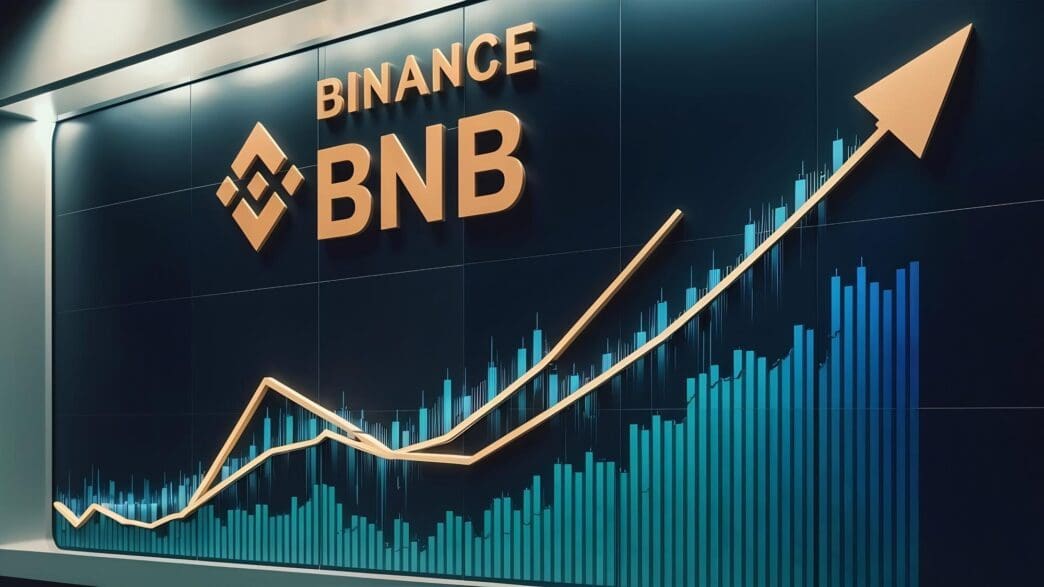Executive Summary
The Story So Far
Why This Matters
Who Thinks What?
Solana (SOL) and Binance Coin (BNB), both operating on energy-efficient proof-of-stake (PoS) blockchains, have significantly outperformed Bitcoin over the past five years. Solana’s price has surged over 8,600%, and BNB has soared more than 3,600%, compared to Bitcoin’s approximately 860% increase during the same period. This substantial growth has prompted analysts to evaluate the two volatile cryptocurrencies, comparing their technological frameworks, ecosystem strengths, and market challenges to discern which might offer a more promising long-term outlook.
Technological Foundations and Performance
Unlike Bitcoin, which still relies on the energy-intensive proof-of-work (PoW) mechanism, both Solana and BNB were developed on PoS blockchains. This allows for staking (locking up tokens for rewards) and supports smart contracts, which are foundational for decentralized applications (dApps), non-fungible tokens (NFTs), and other tokenized assets. The value of PoS tokens is often tied to the size and activity of their developer ecosystems, contrasting with PoW tokens, which are typically valued by scarcity and mining difficulty.
Solana integrates a unique proof-of-history (PoH) validation mechanism into its PoS blockchain, timestamping transactions before validation to achieve higher speeds. It is widely considered the world’s fastest PoS blockchain. In contrast, BNB’s Smart Chain (BSC) uses a proof-of-authority (PoA) mechanism, centralizing transactions under trusted validators to enhance speed, security, and energy efficiency, though it is not as fast as Solana.
Ecosystems and Market Dynamics
Solana’s expanding ecosystem includes its digital payments platform Solana Pay, support for stablecoins, and its own Android smartphone. Several crypto firms have submitted applications for Solana exchange-traded funds (ETFs) to the Securities and Exchange Commission (SEC), with potential approvals expected to attract more retail and institutional investors. The network also offers a notable staking yield of approximately 8%.
Despite its advantages, Solana has historically contended with network congestion and security issues. Its blockchain lacks native cross-compatibility with major developer-oriented blockchains like Ethereum, and its core developer languages, Rust and C, present a steeper learning curve than Ethereum’s Solidity. Additionally, Solana’s Layer 1 (L1) blockchain faces intense competition from various Layer 2 (L2) solutions that enhance the speeds of slower PoS blockchains.
BNB, as the native token of Binance, one of the world’s largest cryptocurrency exchanges, powers its transactions and smart contracts. Its gas fees decrease as network activity increases. BNB is extensively utilized across Binance’s ecosystem for staking, liquidity pools, decentralized finance (DeFi) projects, and NFT purchases. It also benefits from native compatibility with Ethereum’s blockchain, enabling developers to use Solidity. VanEck recently submitted an application for the first spot price BNB ETF.
Supply and Price Influences
A key differentiator is supply management. Solana currently has 547 million tokens in circulation with no maximum limit, whereas BNB plans to reduce its supply from 139 million to 100 million tokens through a burning mechanism. Hong Kong-based Nano Labs recently announced plans to acquire 5% to 10% of BNB’s circulating supply for $1 billion, potentially bolstering its market position.
BNB’s price has also been influenced by external factors, including the imprisonment of Binance’s co-founder and former CEO, Changpeng Zhao, for money laundering. Following Zhao’s release last September, expectations of a potential pardon from the Trump Administration have reportedly contributed to BNB’s recent price surges to fresh highs.
Analyst Outlook
While both Solana and BNB continue to attract speculative investors, The Motley Fool analyst Leo Sun suggests that BNB may represent a more favorable investment opportunity. This assessment is based on BNB’s more extensive ecosystem, its historical record of fewer network outages, and its strategic implementation of a circulating supply reduction, which contrasts with Solana’s uncapped token issuance.







